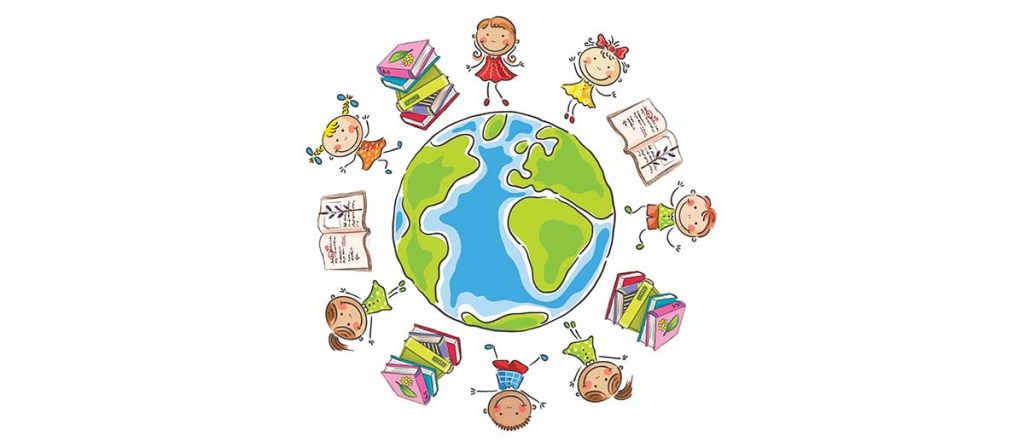How fiction can help kids understand Earth’s threats.
By Rebecca Fraser
Now, more than ever before, our world is in trouble. From climate change to deforestation, pollution to bee decolonisation, energy crisis, infectious disease, and beyond; Earth is feeling the impact of global warming and humankind’s irresponsibility on an unprecedented scale.
For adults, predictions for our future feel bleak, so we can only expect that children are experiencing the same sense of fear and helplessness. However, with a generation born into an age where they have always lived with the threat of global warming, many are determined to make change, fight for our planet, and shake up the system.
It’s no surprise then, that the popularity of Climate Fiction (commonly abbreviated to Cli Fi) and Eco Fiction is on the rise. With plot lines, characters, and central themes influenced by issues of environment and sustainability, Cli Fi is an important way of communicating climate science through story. Several decades ago, some scenarios in today’s Cli Fi would be pure speculation … today, they’re our reality.
Cli Fi and Eco Fiction provide entertaining and thought-provoking vehicles to bring awareness and hope to readers of all ages. While many storylines (especially YA and above) are set in a dystopian world, stories geared at middle grade readerships and below frequently imagine a renewable and sustainable future, bringing hope and positivity to often depressing subject matter.
By making sense of global issues through story, fiction can help our kids better understand Earth’s threats, and help navigate their emotional responses to contemporary issues ranging from the Great Pacific Garbage Patch to the plight of orangutangs, to the rising of sea levels, sustainability of resources, and the multitude of widespread issues impacted by climate change..
Thankfully there are many books for young readers that tackle big issues with heart and hope.
Try some of these titles for starters:
How to Bee
by Bren MacDibb
In a world without bees, flowers are pollinated by children with feathery wands. Set in a future Australia, where the divide between the ‘haves’ and the ‘have nots’ is clearly realised, protagonist, Peony, will steal your heart. (Multi award-winner, inspired by the hand-pollinators of Hanyuan County in China’s Sichuan province).
The Dog Runner
by Bren MacDibble
After an environmental catastrophe, a red fungus has swept Australia, destroying all grasses. Ella and Emery must escape the city to avoid starvation. But how can two kids travel such big distances across a dry, barren, and dangerous landscape? On a dogsled of course!
Blueback
by Tim Winton
An emotive tale about Abel, his mother, and a fish. Longboat Bay, where they enjoy a self-sustainable lifestyle is under threat from developers. Abel’s mother lobbies hard to save the bay’s idyllic beauty, marine and fauna sanctuary, and protect her home. This delivers a powerful message about environmental sustainability.
No One is Too Small To Make a Difference
by Greta Thunberg
The history-making, ground-breaking speeches of Greta Thunberg, the young activist who has become the voice of a generation.
The Big Old Rambutan Tree
by Kathy Creamer
A picture book centred around the unlikely relationship between a Sumatran tiger and an orangutan, desperate to survive the destruction of their rainforest home. Net proceeds go to Orangutan Outreach, protectors of orangutans and their habitat.
The Animals of Farthing Wood
by Colin Dann
This classic follows a group of British woodland animals who are forced to flee their homes after developers destroy the wood. Published in 1979, what makes The Animals of Farthing Wood more poignant is some of the animals, such as the red-backed shrike, are now extinct, and others – like the adder, hare and voles – are under threat.
The Last wild Trilogy
by Piers Torday
Set in a world decimated by humans, animals are under threat from red eye disease that is slowly killing them. Main character, Kester, has a gift of communicating with animals and it is his mission to save them.


